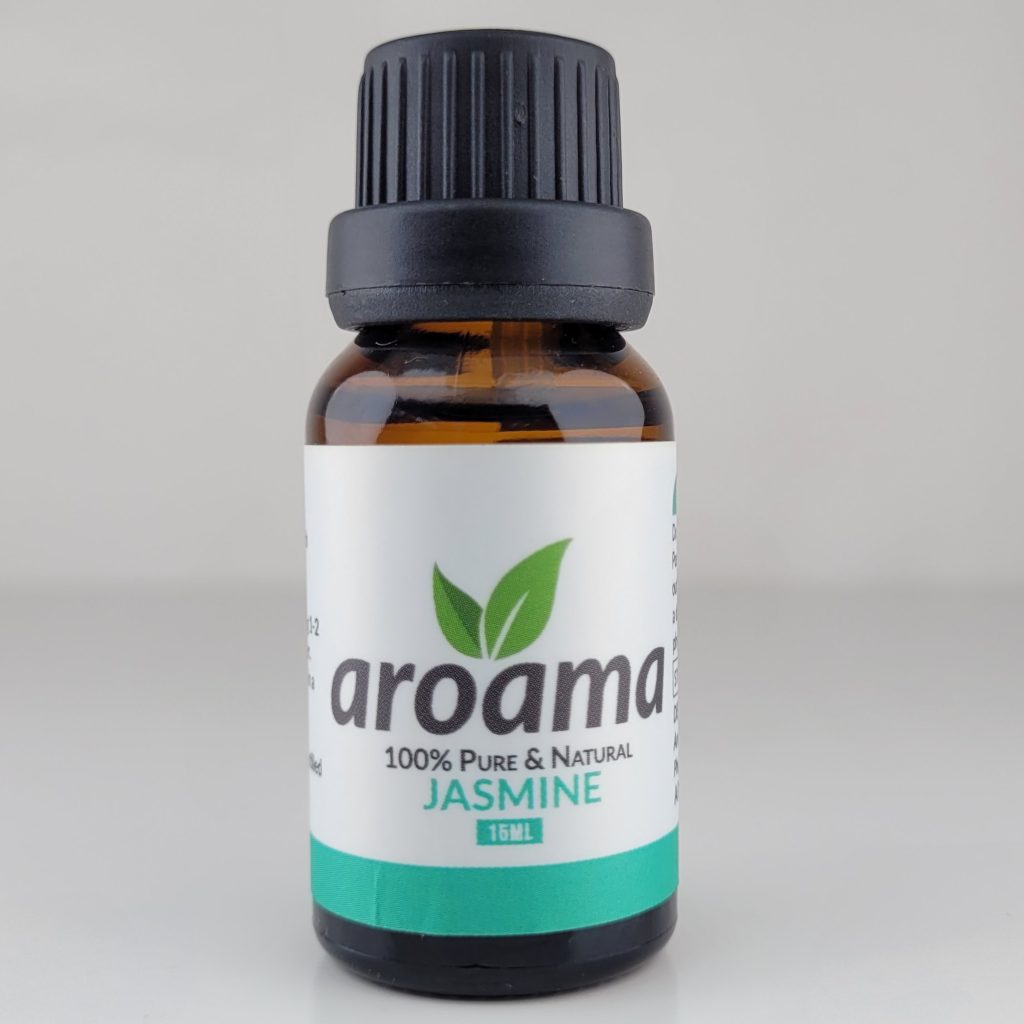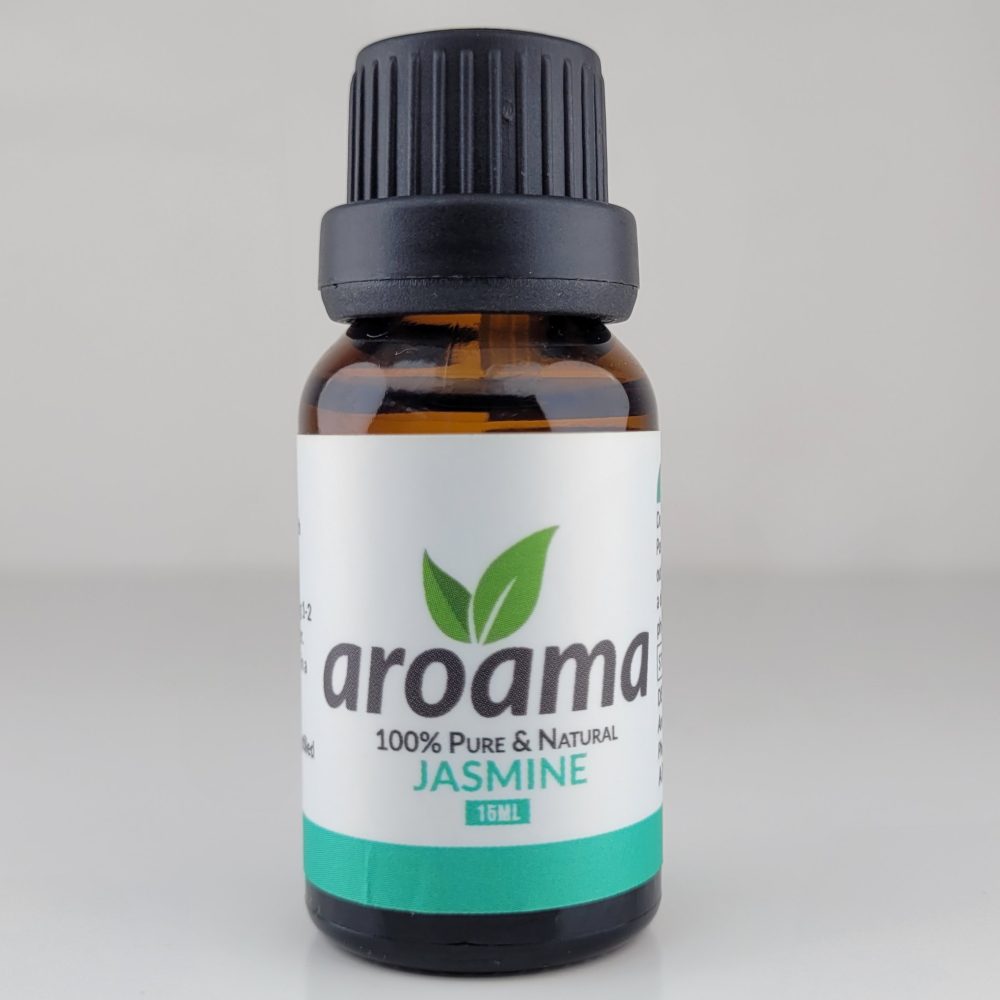Jasmine essential oil is one of the most luxurious and beloved oils in aromatherapy. Known for its floral scent and emotional benefits, it has been used for centuries in various cultures. Understanding the history and origins of jasmine essential oil helps you appreciate its timeless beauty and healing power.
1. Ancient beginnings in the East
Used in traditional Chinese medicine
Jasmine began in the Himalayas and later spread across China. Chinese healers used the blossoms to clear toxins from the body and promote emotional balance. Even today, jasmine tea remains a cherished part of Chinese culture because of its soothing effects.
Revered in Indian Ayurvedic practices
In India, jasmine earned the name “Queen of the Night” due to its strong fragrance that intensifies after sunset. Ancient Ayurvedic texts praised jasmine for calming emotions, reducing stress, and aiding in meditation. People also used it during love rituals and religious ceremonies.
2. Jasmine’s spread into the Middle East and Africa
Incorporated in perfumes and cosmetics
As trade routes expanded, jasmine reached Persia and Egypt. Arab chemists developed early distillation methods and extracted essential oils from jasmine flowers for perfumery. In Egypt, jasmine oil became part of skincare routines and sacred rituals. People associated it with beauty, elegance, and sensuality.
Embraced by African healing traditions
In East and North Africa, jasmine oil blended with carrier oils was applied to the body to ease muscle tension. Traditional healers also used it to uplift mood and improve sleep, making it a trusted remedy for emotional wellness.
3. Arrival in Europe and the modern era
Popularity in Renaissance perfumery
By the 16th century, jasmine had entered Europe through trade with the Moors. The French quickly embraced it in perfume making. It became a symbol of class and femininity, valued for its exotic aroma and long-lasting scent.
Development of steam distillation
In the 19th century, new distillation techniques improved jasmine oil extraction. This advancement made the oil more accessible for aromatherapy. As a result, its popularity grew beyond perfume and into natural wellness spaces, where people used it to ease anxiety and emotional fatigue.
4. Jasmine essential oil today
Widely used in aromatherapy
Today, the history and origins of jasmine essential oil continue to influence how people use it around the world. Known for its calming yet uplifting aroma, it plays a major role in stress relief, skincare, and spiritual practices. Aromatherapists value it for creating a peaceful and balanced atmosphere.
Cultivated for quality extraction
Farmers in India, Egypt, and France grow jasmine specifically for essential oil production. They hand-pick the flowers early in the morning to capture the highest oil concentration. Because it takes thousands of blossoms to make a few drops, jasmine essential oil remains one of the most precious oils available.
5. Why it matters to Kenyan users
Ideal for emotional support and skincare
In Kenya, more people are turning to natural wellness alternatives. The history and origins of jasmine essential oil show that this powerful oil has supported emotional and physical health for generations. When added to a diffuser or used in skincare, it offers natural support for mood and beauty.
A timeless treasure in your daily life
With its rich history and proven benefits, jasmine oil goes beyond simple fragrance. It brings ancient healing into your modern routine. Whether you want to improve your mood, enhance your skin, or create a peaceful space, jasmine oil delivers lasting value.


